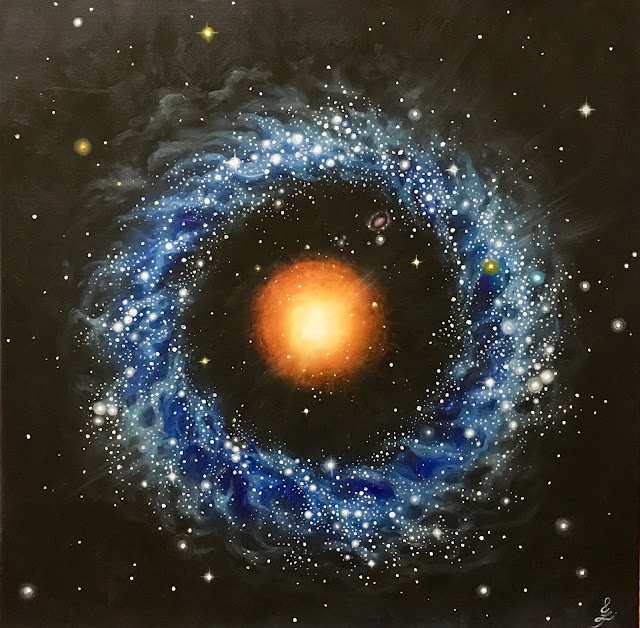Japanese scientists discovered the existence of life inside microscopic bubbles created from oil and salt water.
Microhabitats are cultivated by microbes inside tiny bubbles of oil and water found in layers of frozen gas and ice, and they offer a tantalizing clue to the potential for life on other planets.
The tiny bubbles are scattered within large underwater pools of hydrate, known as "flammable ice" or methane hydrate, which forms when ice traps methane within its molecular structure.
It all started with starting to melt hydrate to study methane gas when an unusual dust was noticed consisting of microscopic spheroids with mysterious dark nuclei. Then a group of like-minded scientists got together to investigate further.
Using analytical techniques pioneered at the University of Aberdeen and suitable for small sample quantities, it was possible to show that the oil was degrading in the microenvironments within the methane hydrate.
Methane in 'methane hydrate' is known to form as microbes degrade organic matter on the seafloor. .But what was never expected was to find that the microbes continued to grow and produce these spheroids, all the time while they were isolated in small cold, dark bags of salt water and oil.
As long as they have ice and a bit of heat, all those cold planets at the edge of each planetary system could host tiny microhabitats with microbes building their own 'death stars' and creating their own little atmospheres and ecosystems, just as we discovered here.
___________
Source: University of Aberdeen / Ryo Matsumoto, Meiji University, Japan / Stephen Bowden, Faculty of Geosciences




Comentarios
Publicar un comentario